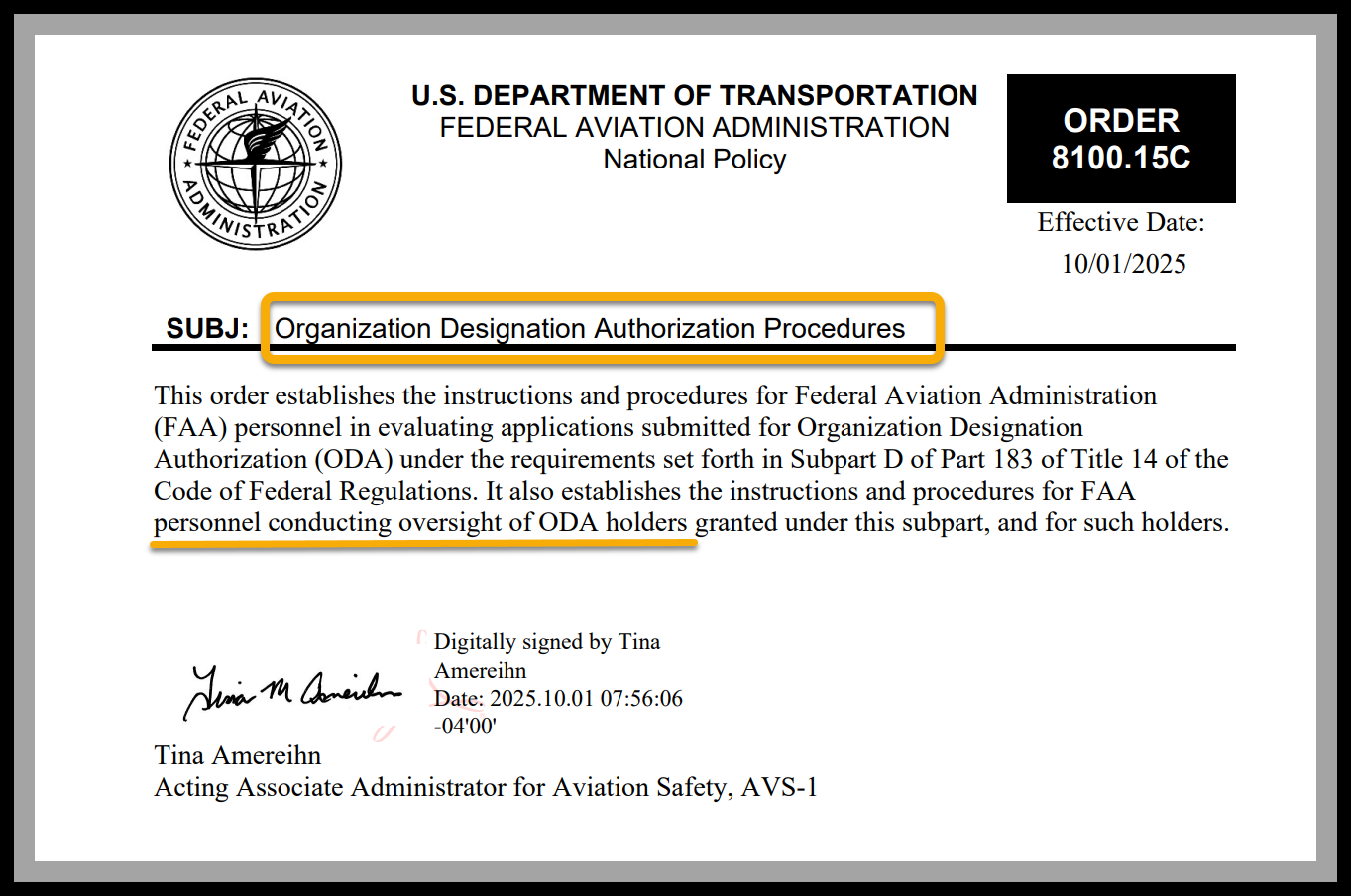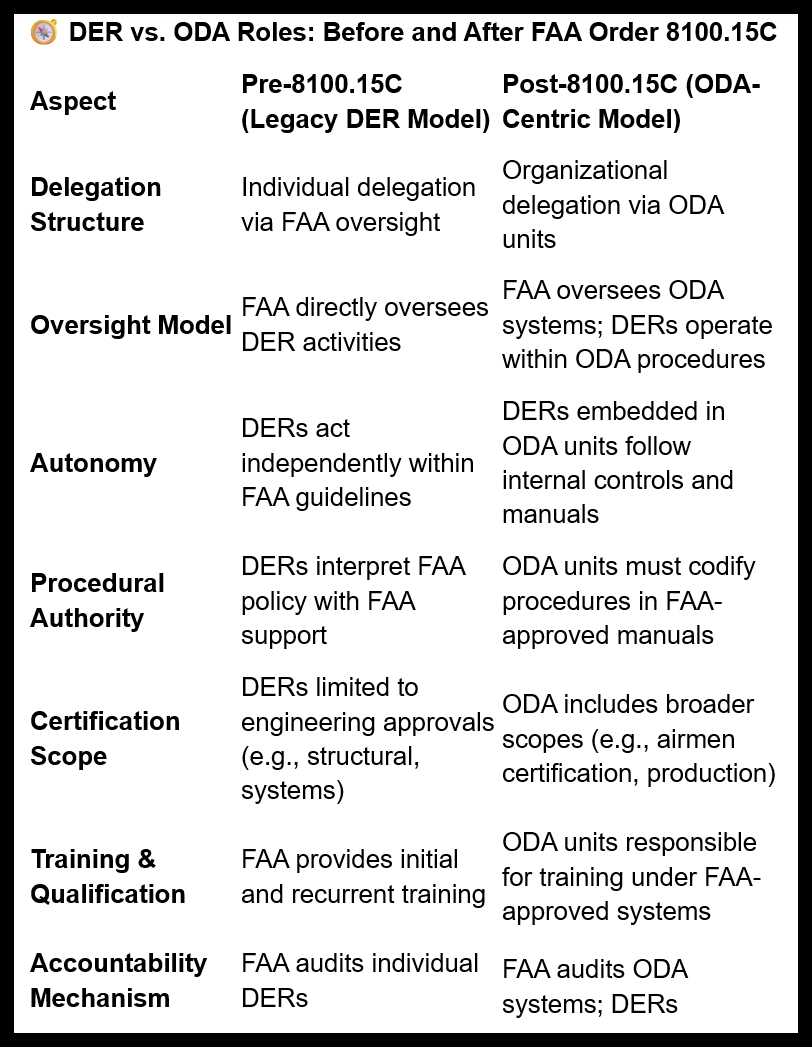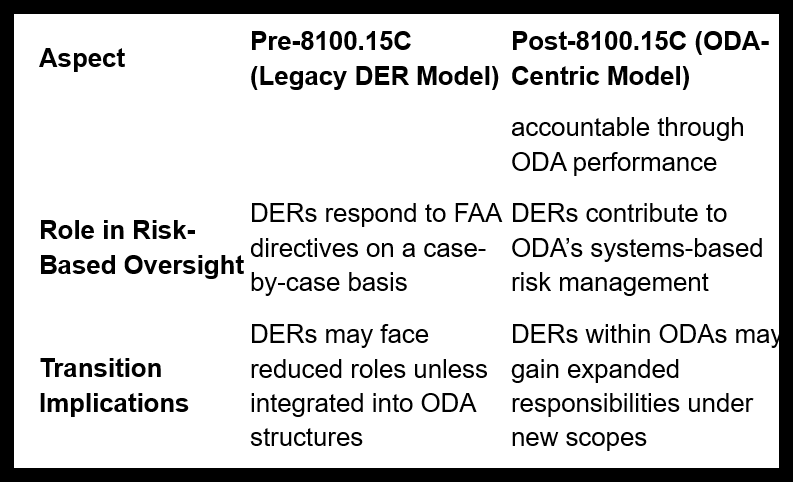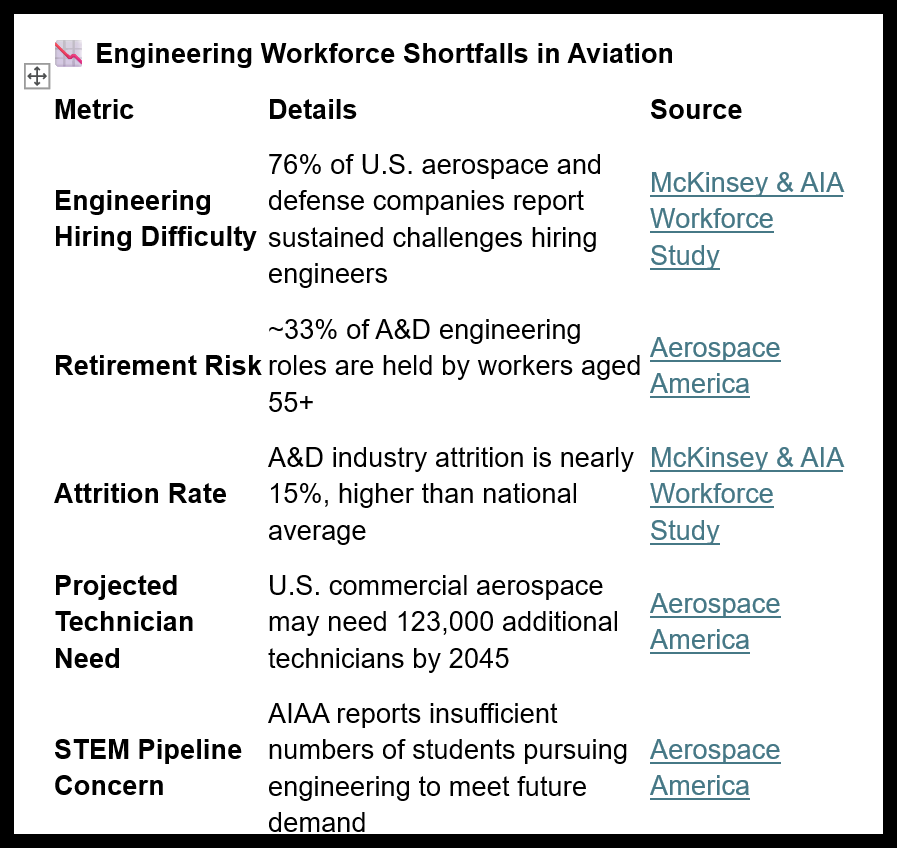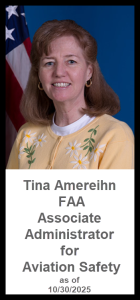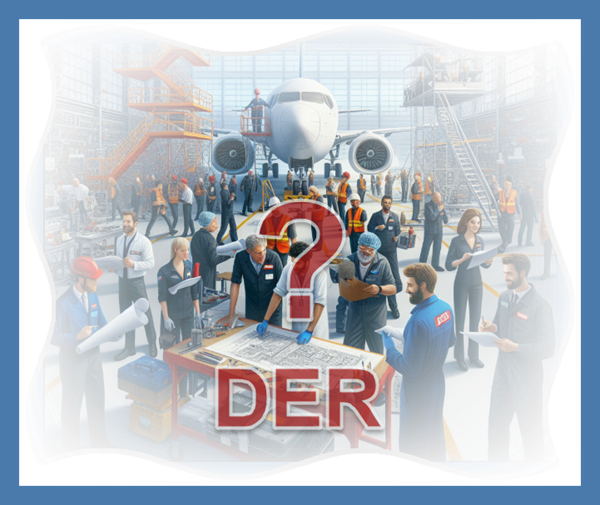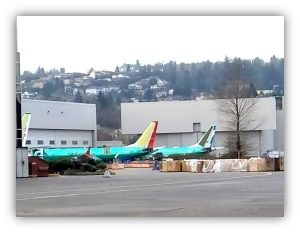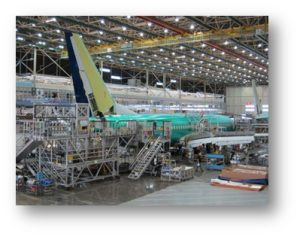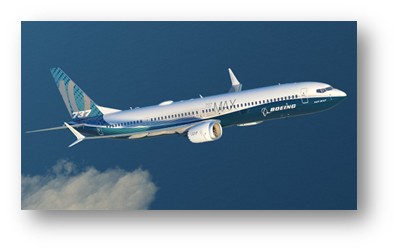All DERs to ODA, good for FAA surveillance, BUT???

Below is an insightful, inspired, yet agitated, paper decrying a little publicized internal action. This FAA Order at issue may, even “will”, result in the disappearance of Designated Engineering Representation, an authority on which the government and industry have relied since the 1930s[1].
In a rare maneuver, the (then) Acting head of Aviation Safety has issued an Order that will impact a cadre of aviation engineering experts, perhaps by putting their designation out of existence(per the below article). The use of this process for such a seminal issue is rare, however legally justified it may be, because such a Sea Change might well be better suited to a more structured process—notices, draft, opportunity to comment, consideration of the change’s IMPACT ON SMALL BUSINESSES, etc. FAA internal orders are not subject
to such formal, external reviews when the title of the action, Organization Designation Authorization Procedures, ostensibly relates to instructions for processing applications for ODAs.
This substantial change is driven by the FAA’s broader move toward systems-based oversight and organizational accountability. This approach to surveillance of its safety jurisdiction finds roots in simultaneous growth of all aviation enterprises and a decreasing staffing authorizations. For example, the primary rationale for Safety Management System is reliance on ROBUST SAFETY DATA REPORTING to replace time-consuming field inspections.
This backdoor integration of DERs to ODA organizations, so the FAA believes, will increase the direct management of airworthiness decisions and add more structured compliance roles on the here-to-for independent DERs.
The below author makes a fervent assertion that Order 8100.15C signals the death of this time-honored collateral resource for FAA certification. The DER community is supplement free to the Government and a cost borne by the applicant.
This AI generated table shows the changes which will lead to this transformation of the Administrator’s designees:
Aside from the negative consequences to the current DER fraternity, this ORDER may INVOLVE SIGNIFICANT HUMAN RESOURCE TALENT RISK[2]. As the FAA is well aware[3] (particularly AVS), the aviation and aerospace sectors are facing a critical shortage of engineering talent, with STEM recruitment lagging behind government and industry demand. An ODA centric system may have problems attracting and replacing the needed talent to perform these airworthiness judgments, as this table demonstrates:
The FAA Order 8100.15C is both well-intentioned and draws justification for the change based on internal needs. However, its implementation must be subject to consultation and a well-thought-out implementation plan. Ms. Amereihn perhaps a good first step in your new position
The FAA Is Abolishing Its ‘Fixers’ — And Embracing The Boeing Model For Safety Oversight
by GARY LEFF on October 20, 2025
The FAA is phasing out fixers. For decades, the agency depended on an informal network of highly experienced engineers — people who don’t work for the agency, but whom they allowed to navigate their bureaucracy on behalf of[4] [STET] aircraft manufacturers, modification shops, and repair facilities that needed approvals faster than the FAA could manage itself. They were the ones who got things done when the system on its own was just too slow.
0This seems like a SEISMIC SHIFT that hasn’t gotten much attention, because it’s technical and bureaucratic in nature. But it seems like it’s focused more on the FAA’S NEEDS THAN INDUSTRY’S OR THE PUBLIC’S, and it’s not obvious that it’s better for safety.
What Is This Thing The FAA Wants To Phase Out?
A Designated Engineering Representative or DER is a private-sector engineer authorized by the FAA to make specific official approvals. They’re trusted enough to sign off that a design, repair, or modification complies with FAA regulations. A company that wants to certify a new fuel tank, seat design, or avionics change can hire a DER to handle that work rather than wait for FAA engineers buried under thousands of open projects. There are two types.
- CONSULTANT DERS are independent — essentially freelance FAA representatives.
- Company DERs work in-house at manufacturers or suppliers, empowered only for their employer’s projects.
Many DERs are retired FAA engineers or long-time aerospace specialists who know both the regulations and the personalities at key FAA offices. Their value isn’t just their technical expertise; it’s that they know how to get an answer out of the FAA — which office is quick, which one is hopeless, and how to phrase a compliance justification so it passes review. They translate engineering work into language that fits the FAA’s rulebook and culture.
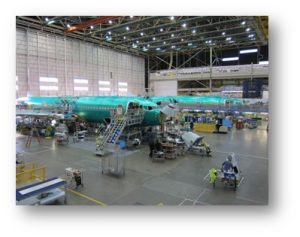 Why the FAA Needed Fixers
Why the FAA Needed Fixers
The FAA is bureaucratic and perpetually short-staffed. Certification work — confirming that every nut, rivet, and software line on an airplane meets the regulations — is immense.
The DER system was a pragmatic solution: the FAA could extend limited authority to thousands of trusted outsiders rather than bottleneck all approvals internally. A DER could do in weeks what might otherwise take the agency months. A DER might have spent years working with the same FAA engineers, building mutual trust.
FAA Will Phase Out This Program
On October 1, 2025, the FAA issued Order 8100.15C, a sweeping rewrite of how it manages delegation.
▬►Applicants are expected to significantly reduce the number of individual designees performing the functions for which the applicant sought ODA.◄▬
The agency now favors Organization Designation Authorizations (ODAs) — companies entrusted to manage their own internal certification staff, called Unit Members (UMs)[5]. INSTEAD OF OVERSEEING THOUSANDS OF INDIVIDUAL DERS, THE FAA WOULD OVERSEE A SMALLER NUMBER OF ODAS THAT, IN TURN, OVERSEE THEIR OWN PEOPLE.
There’s still delegation, but they delegate to a structure rather than a person. In the FAA’s words, “Managing organizations is more efficient than managing the activity of many individual designees.” In practice, that means fewer independent DERs and a gradual transfer of authority to corporate systems.
Benefits To Killing Off Fixers
For the FAA, it’s easier to manage 50 organizations than 2,000 individuals. Organzations have internal quality systems, documented procedures, and peer review — less variability than freelance engineers. And when something goes wrong, it’s clearer who’s responsible: the organization, not a single person with a side business.
It’s the same logic driving “risk-based oversight” across government — regulate systems, not individuals.
Downside To This Change
The change brings order, but it also kills the informal ecosystem that made the system work. DERs were the grease in the gears — the people who knew how to interpret gray areas, who could persuade an FAA engineer that a test was sufficient, or who could route a stalled approval to a more competent office across the country.
WITHOUT THEM:
- Small innovators lose access. Independent DERs were how startups and modification shops navigated the regulatory maze without corporate backing.
- The pipeline of expertise shrinks. Becoming a DER was once a capstone for experienced engineers and a training path for new ones. If only big ODAs can grow new “Unit Members,” the barrier to entry becomes steep and slow.
- Agility disappears. Bureaucracy replaces relationships. Everything becomes a process.
The FAA gains oversight consistency, but the industry loses the informal network that kept projects moving when the system bogged down.
The FAA’s Ideal Model Here Is… Boeing?
Boeing Ii[?] the ultimate ODA — and the poster child for its risks. They’re the largest, most mature, and most powerful delegation the FAA has ever issued. Its internal unit approves major portions of aircraft design, compliance testing, and airworthiness documentation on the FAA’s behalf.
That’s precisely the system that came under scrutiny after the 737 MAX crashes, where investigations found that:
- Boeing ODA engineers faced pressure from management to approve work quickly.
- Some safety-critical systems (like MCAS) were poorly communicated to the FAA.
- FAA oversight was thin and deferential — often relying on Boeing’s own self-certifications.
In short: the ODA model failed spectacularly when internal company priorities overrode independent engineering judgment. Consolidating authority under ODAs and away from individual DERs — DOUBLES DOWN ON THAT SAME MODEL.
The FAA is saying here, ‘we can’t manage all these individuals, so we’ll rely on the companies to regulate themselves’ instead of having more competing independent consultants. It’s resource-rational, given that the reason for delegation in the first place is that companies will always have far more engineering and technical staff than the FAA will. But it’s also paradoxical, because the largest ODA is…Boeing.
The concern here is that an ODA Unit Member gets their paycheck, performance review, and promotions from the company whose projects they’re approving. Consultants are incentivized to help their clients, but they also need to maintain their relationships with FAA and often aren’t reliant on a single employer.
How DERs Will Disappear
This won’t happen overnight. Many DERs will transition into ODA roles or keep their designations as long as the FAA allows renewals. But over time, authority will belong to organizations, not people.
The FAA’s fixers — the certified independents who could translate between engineers and bureaucrats — will become relics of an older, looser, more personal aviation culture. The system that replaces them will be more uniform, more traceable, and perhaps safer on paper. But it will also be slower and less flexible.
==============================================
[1] The FAA designee system traces its origins to the late 1930s, when the Civil Aeronautics Authority (CAA)—a predecessor to the FAA—began delegating certain certification functions to qualified individuals outside the agency. This was driven by the need to expand technical capacity during a period of rapid aviation growth. Yes, Congress has reviewed the FAA’s designee system—including Designated Engineering Representatives (DERs)—in multiple hearings and reports, especially in the context of aviation safety, certification reform, and oversight of delegated authority-(1)House Committee on Transportation and Infrastructure Hearing: “Status of the FAA’s Aircraft Certification Reform”
Date: March 17, 2022; (2)Senate Committee on Commerce, Science, and Transportation
Hearing: “FAA Oversight of Aircraft Certification”. Date: November 19, 2019; (3). Government Accountability Office (GAO) Report“FAA Continues to Face Challenges in Implementing a Risk-Based Oversight System for Delegated Activities”
GAO-21-232, Published: February 20
[2] DERs include Structural Engineering, Systems and Equipment Engineering,Powerplant Engineering ,Propeller Engineering, Flight Test Pilot or Flight Analyst and Acoustical or Radio Engineering
[3] AVSED — Aviation and Space Education. It’s a long-standing initiative designed to inspire students from kindergarten through high school to pursue careers in aviation, aerospace, and other STEM fields.
[4] To be absolutely clear the DER, see 14 § 183.1,the FAR states that “designating private persons to act as representatives of the Administrator in examining, inspecting, and testing persons and aircraft for the purpose of issuing airman, operating, and aircraft certificates.”
[5] ODA Unit Member means an identifiable group of two or more individuals within the ODA Holder’s organization that performs the authorized functions.
— 14 CFR § 183.41(b)
These individuals are referred to as ODA Unit Members, and they:
- Operate under the authority granted to the ODA Holder by the FAA.
- Must follow FAA-approved procedures outlined in the ODA Holder’s manual.
- Are subject to FAA oversight through systems-based audits and performance reviews.

